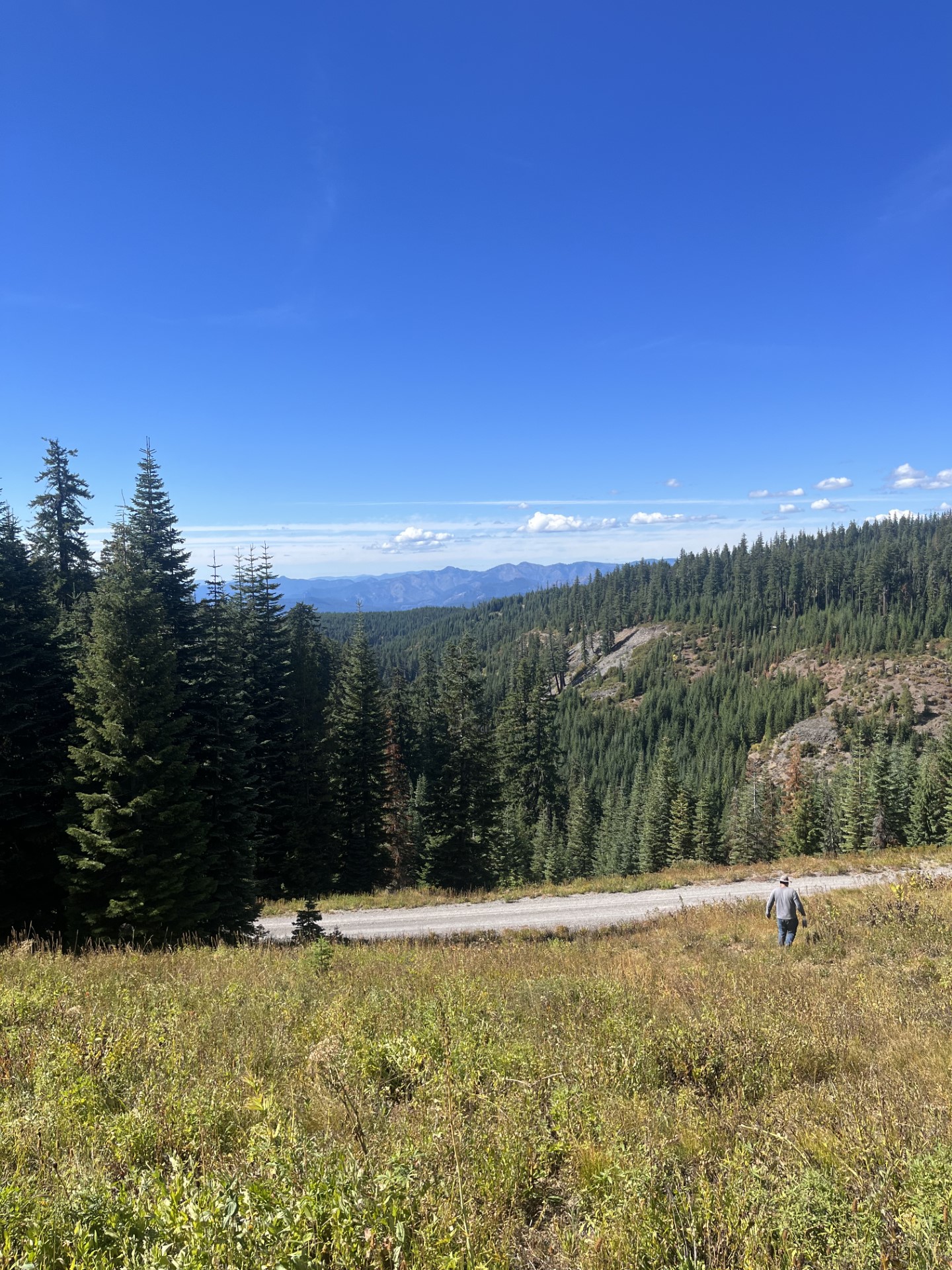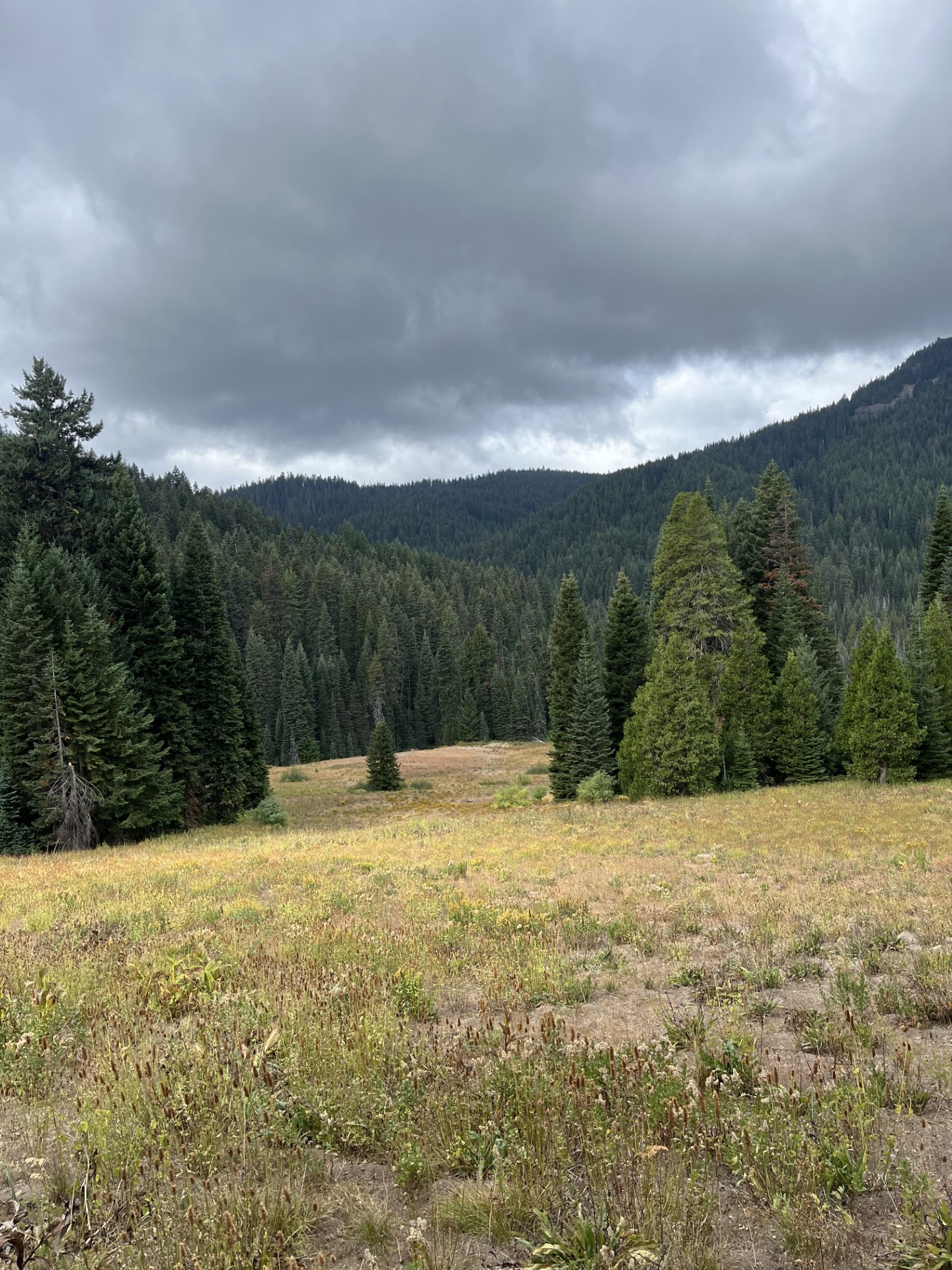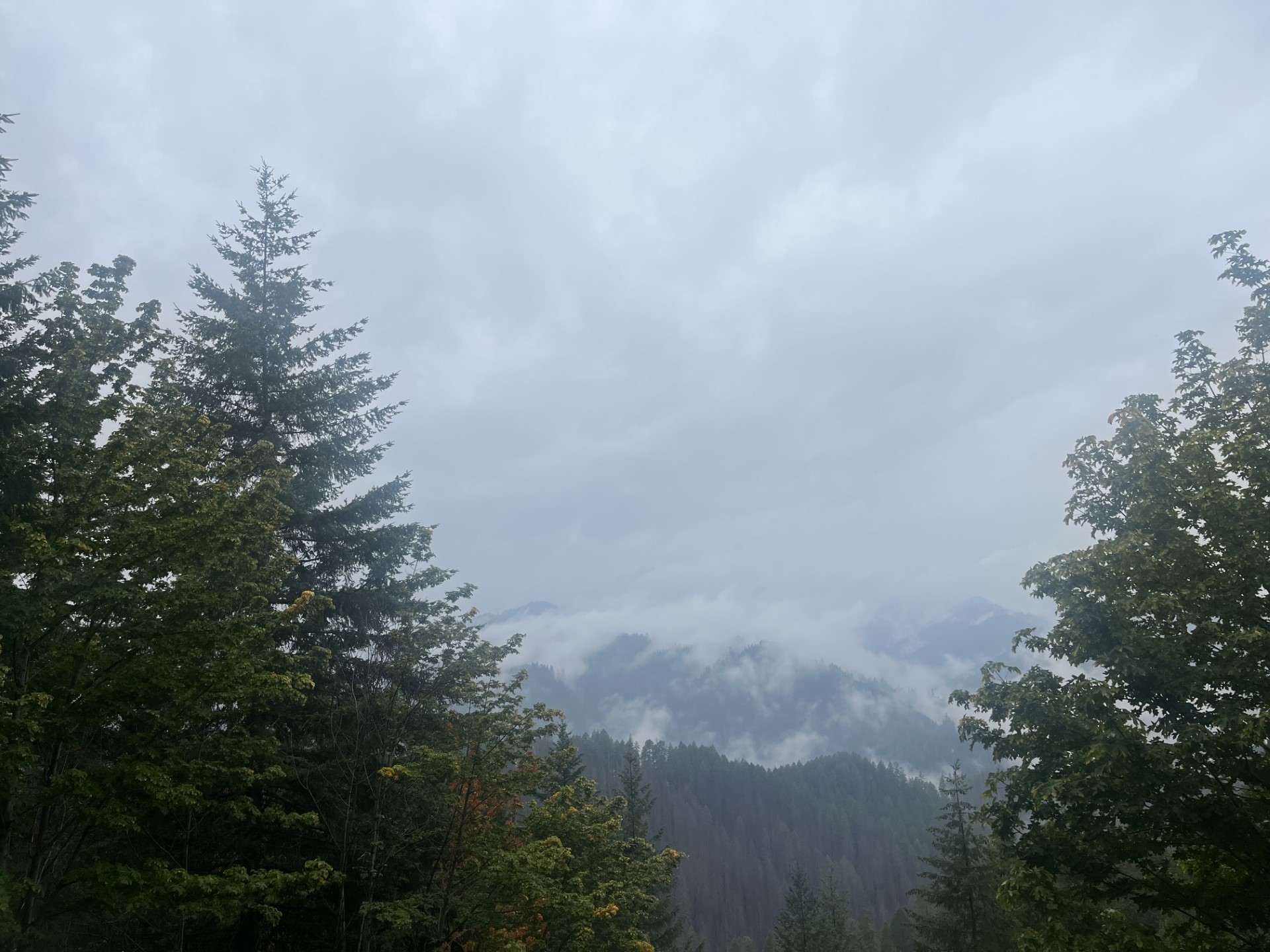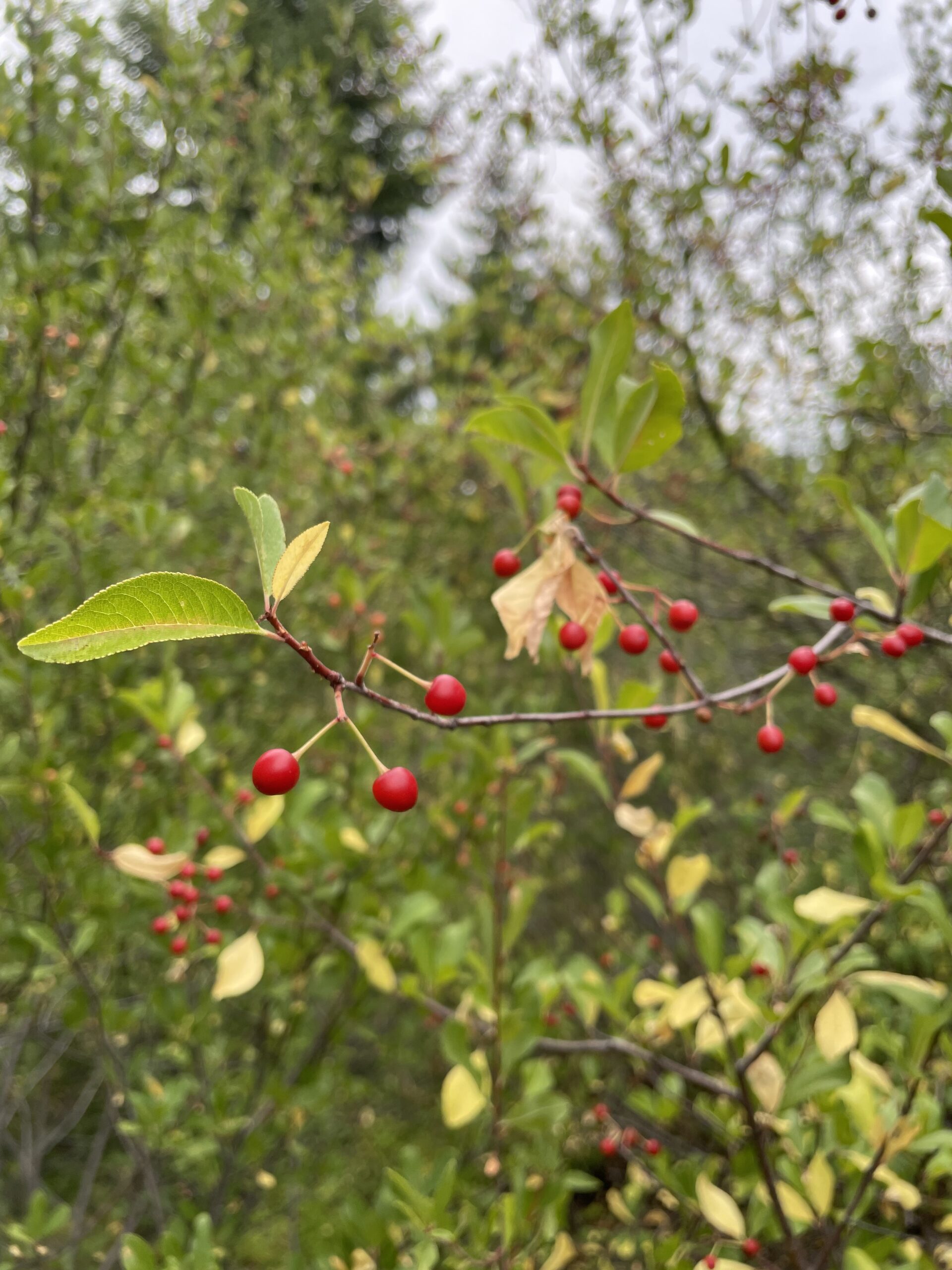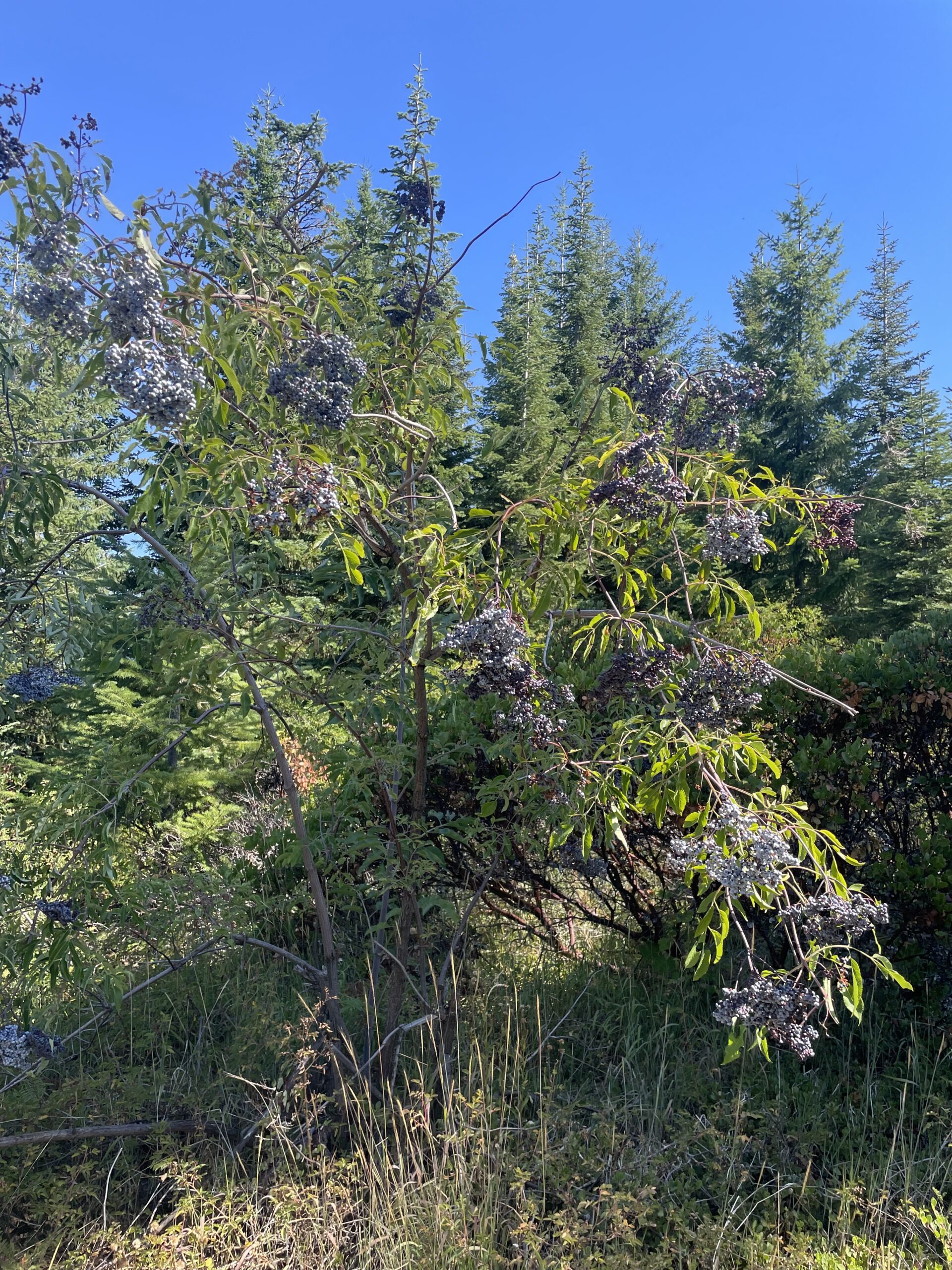The prairie has unlocked her vault on seeds to be collected and let the creatures in to take the plants riches. Birds, bugs, slugs, and us have run into the prairie overwhelmed by the amount of seed ready to be harvested and the limited amount of time that we have. It’s gotten to the point that we strap two vinyl bags to our waists that are filled with even more paper bags and still have plentiful amounts of seed that we don’t have room for. It’s a restoration goldmine.
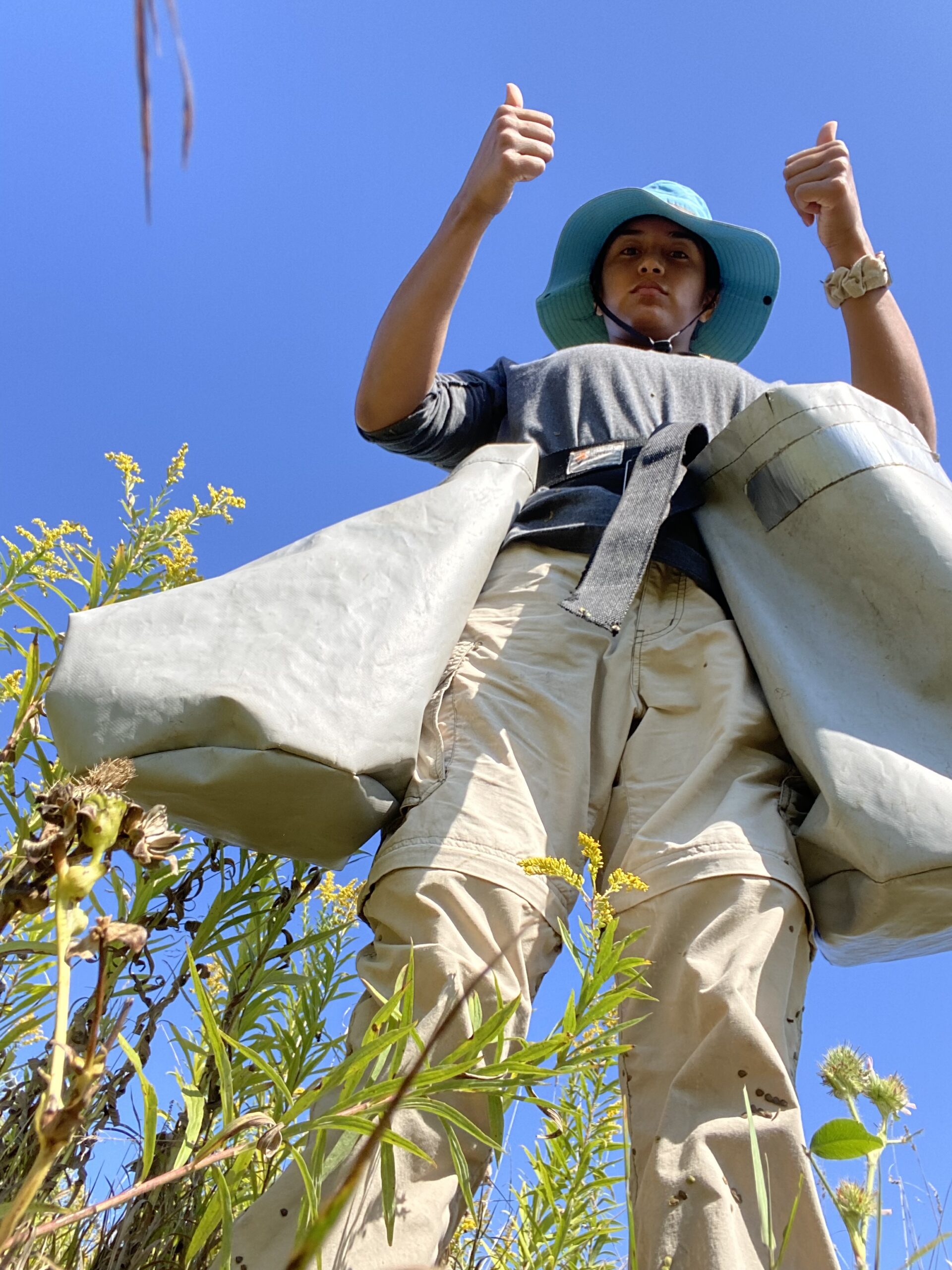
Unfortunately Mother Nature has other plans. Since she has withheld the water as long as she can and has burst in random days of immense rain that has left us limited in our seed collection journey. Checking the radar has been added to the normal morning routine in hopes that we can get a few hours of “no rain” to go gather seeds. We have discovered that radar is not as accurate as it seems…. And I should really invest in a rain coat.
This doesn’t mean we have stopped learning here at Midewin. It seems like every time I learn a new plant five more pop up that I need to remember the name of. Remembering the differences in the Genus name and the correlating species name is the hardest part but the feeling of accomplishment and joy over correctly identifying a plant makes it worth the memory struggles. It also helps being out in the prairie five days a week.
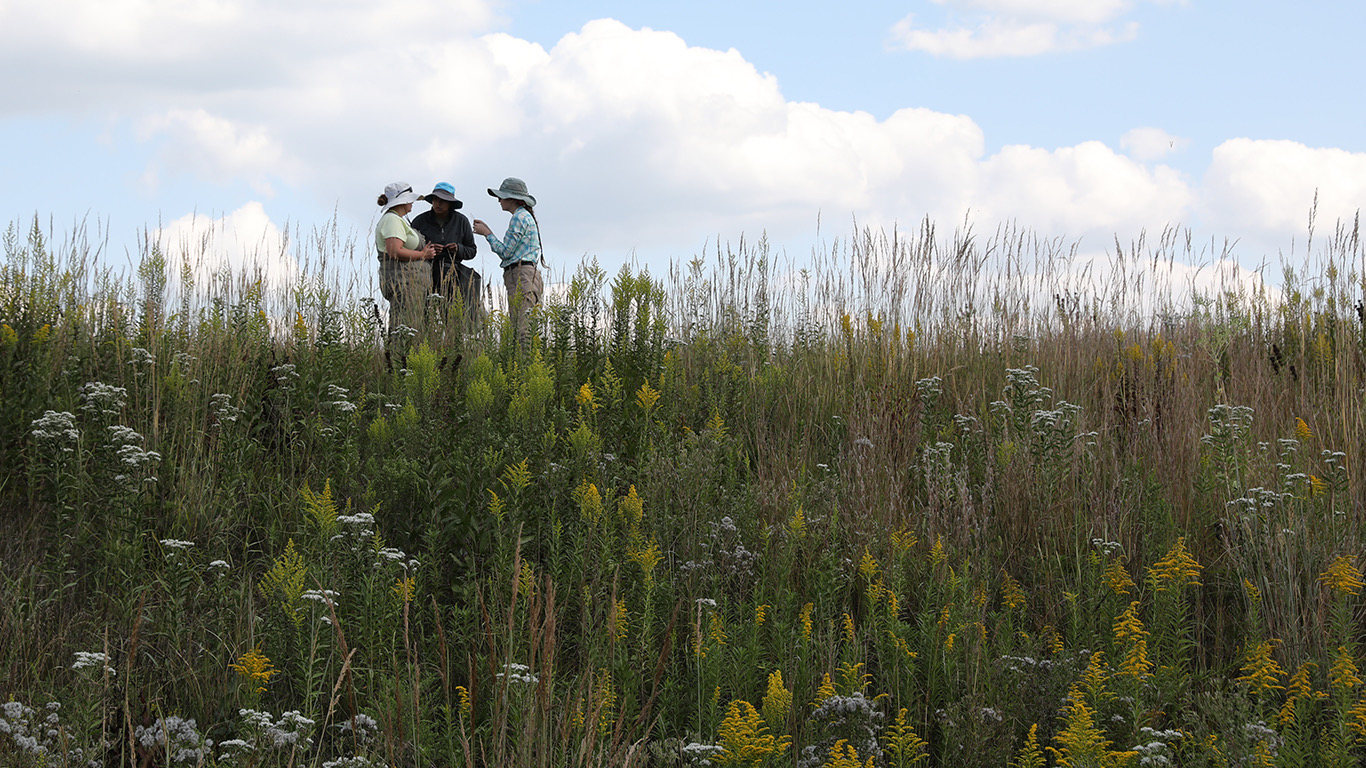
With our unexpected days we have learned a new skill as well. Seed cleaning with Midewin’s big cleaning machines (some all the way from Denmark) makes hand cleaning child’s play for us now. But you gotta wear the proper PPE. So when it rains, we gear up with our masks, glasses, and ear protection and hit the seeds where it really hurts. Clean. Weigh. Bag. Throw it in the cooler. Is there anything more fun to do on a cold rainy Tuesday morning?
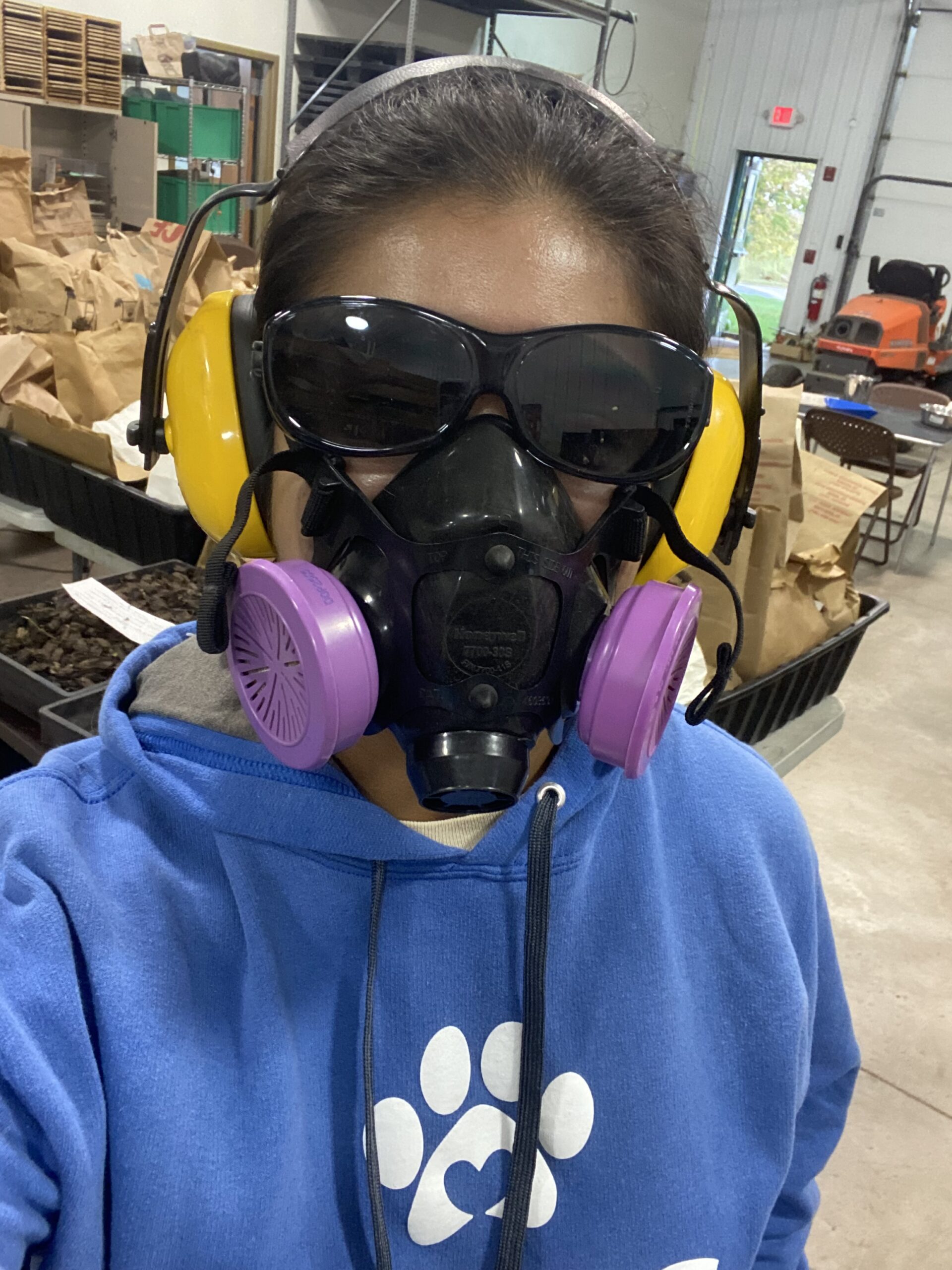
Seed cleaning isn’t the only thing we are gearing up for. With only two weeks left in our season, and the impending threat of a government shut down, we try to get out as much as we can to collect seeds. Along with also finalizing our days if we are to never come back….. the dogs days of summer might be over but now comes the sadness of leaving the prairie. Maybe that is why Mother Nature is crying so much. Maybe she doesn’t want us to leave. Don’t worry, we aren’t done just yet.

